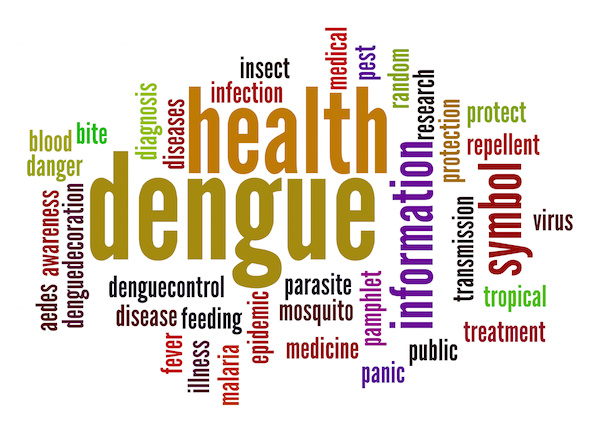
MONDAY, April 29 (HealthDay News) — The population of microbes in the air of the New York City subway system is nearly identical to that of the air on city streets, according to a new study.
Along with showing the efficiency of the subway system’s ventilation system, the findings provide an important baseline in case air in the system needs to be checked for the spread of potentially dangerous microbes, the researchers said.
The research team used a new high-tech device to collect air at a rate of about 300 liters per minute. Within 20 minutes, the researchers had a sufficient amount of air to conduct a census of the microbe population.
The study is published online in the journal Applied and Environmental Microbiology.
The findings “are strong testimony for the efficiency of the train pumping system for ventilation,” principal investigator Norman Pace, of the University of Colorado, Boulder, said in a journal news release.
The only obvious differences between air on the street and in the subway is that the subway’s population of microbes has a somewhat higher proportion of skin microbiota and twice the density of fungal microbes, which Pace said may be due to rotting wood.
“I was impressed by the similarity of [subway] and outdoor air,” he said.
Until now, there was nothing known about the microbe population of subway air, Pace said. He added that the microbiology of indoor air is a growing area of research as scientists try to understand how these complex microbial ecosystems affect health and the environment.
Some day this knowledge will influence design and construction practices, said Paula Olsiewski, program director at the Alfred P. Sloan Foundation, which funded the research.
More information
The U.S. Environmental Protection Agency offers an overview of indoor air quality.

